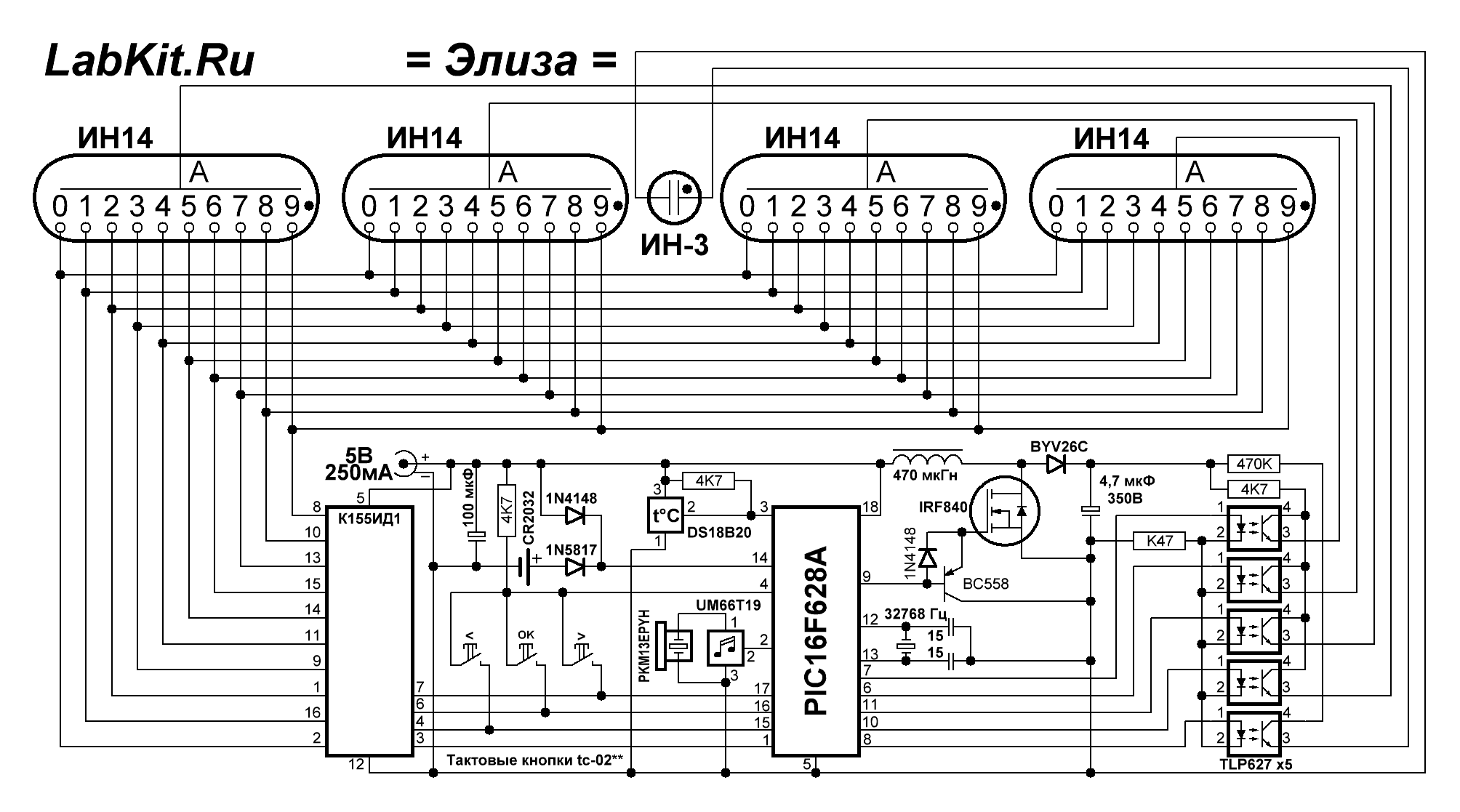I own a set of Soviet IN-14 Nixie tubes and I would like to use them to make a vintage clock. I found this example schematic of a "Nixie clock": 
I don't understand what is the purpose of using a MOSFET in the second stage of this quasi-"Darlington pair" (as opposed to a second bipolar transistor in a normal Darlington pair) here: 
Is there a particular name for this configuration?
As a secondary question, I also would like to know why a diode was used in place of a resistor in this configuration?
